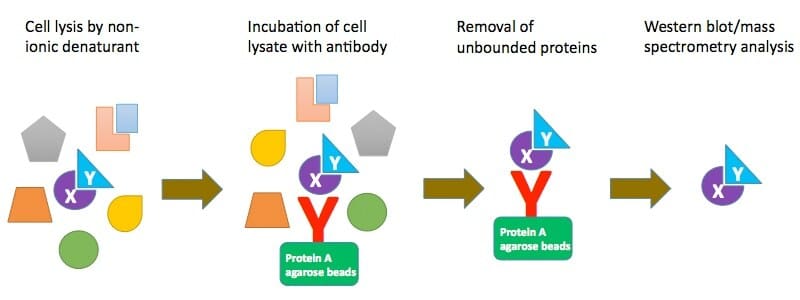
Recently, the innovation team of the Yellow Sea Fisheries Research Institute of the Chinese Academy of Aquatic Sciences drew the competitive endogenous RNA (ceRNA) network during its sex determination and differentiation period using the half-slippery tongue sole as a research model, found a dual ceRNA molecular path, and analyzed the epigenetic mechanism of ceRNA regulation of fish sex determination and differentiation. This study is the first to demonstrate the mechanism of ceRNA regulation in sex determination and differentiation in fish, and it is also the first dual ceRNA regulation mechanism reported in the field of sex determination and differentiation in vertebrates. The research results were published in t Genome Research.
The investigation of sex determination and differentiation mechanism has been one of the most attractive and popular fields in life science research. As relatively low vertebrates, fish have become an excellent model to study epigenetically mediated environmental and genetic interactions due to their extremely rich sex determination types and environmental plasticity. As one of the important epigenetic regulatory mechanisms, non-coding RNAs (ncRNAs) can regulate gene expression by regulating chromosome structure and function, and regulating transcription in cis or in trans. However, whether ncRNAs regulate sex determination and differentiation in fish and in what way they regulate sex determination and differentiation in fish has rarely been reported.
Shao Changwei, an aquatic researcher in the Yellow Sea, told reporters that in this study, we mapped the ncRNA dynamic expression profile and ceRNA regulatory network during the sex determination and differentiation period of the half-slippery tongue sole using whole transcription sequencing technology and found that a circular RNAcircdmrt1 derived from exon 4 of the sex determination gene dmrt1 of the half-slippery tongue sole and lncRNAAMSDT from the autosomes could form a complex ceRNA regulatory relationship with cse-miR-196 and gsdf. Then combined with RNAi, RNA pull down, co-immunoprecipitation assay, fluorescence in situ hybridization and other molecular techniques, it was confirmed that circdmrt1 and AMSDT could bind cse-miR-196 in vitro and in vivo, and regulate the expression of gsdf at the post-transcriptional level.
Based on the above findings, the team proposed a molecular model of ceRNA-mediated sex determination and differentiation in the half-slippery tongue sole. During sex differentiation, circdmrt1 and AMSDT were specifically highly expressed in the testis of male fish and adsorbed cse-miR-196, which in turn relieved the inhibition of gsdf by cse-miR-196 and increased the expression of gsdf, thereby activating the male signaling pathway. In contrast, cricdmrt1 and AMSDT were underexpressed in female ovaries, making the expression of cse-miR-196 higher in ovaries and inhibiting the expression of gsdf, thus activating the female signaling pathway.
This study suggests that ceRNA-mediated molecular pathways are effective ways to regulate sex determination and differentiation in fish. This study not only enriches the apparent regulation theory of sex determination and differentiation in fish, but also provides new ideas for the in-depth study of sex determination and differentiation mechanism in vertebrates.